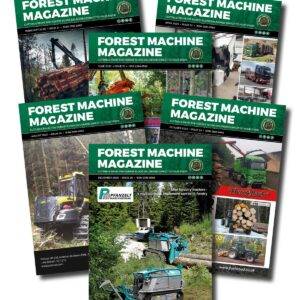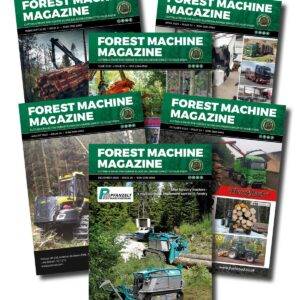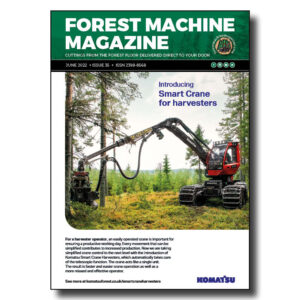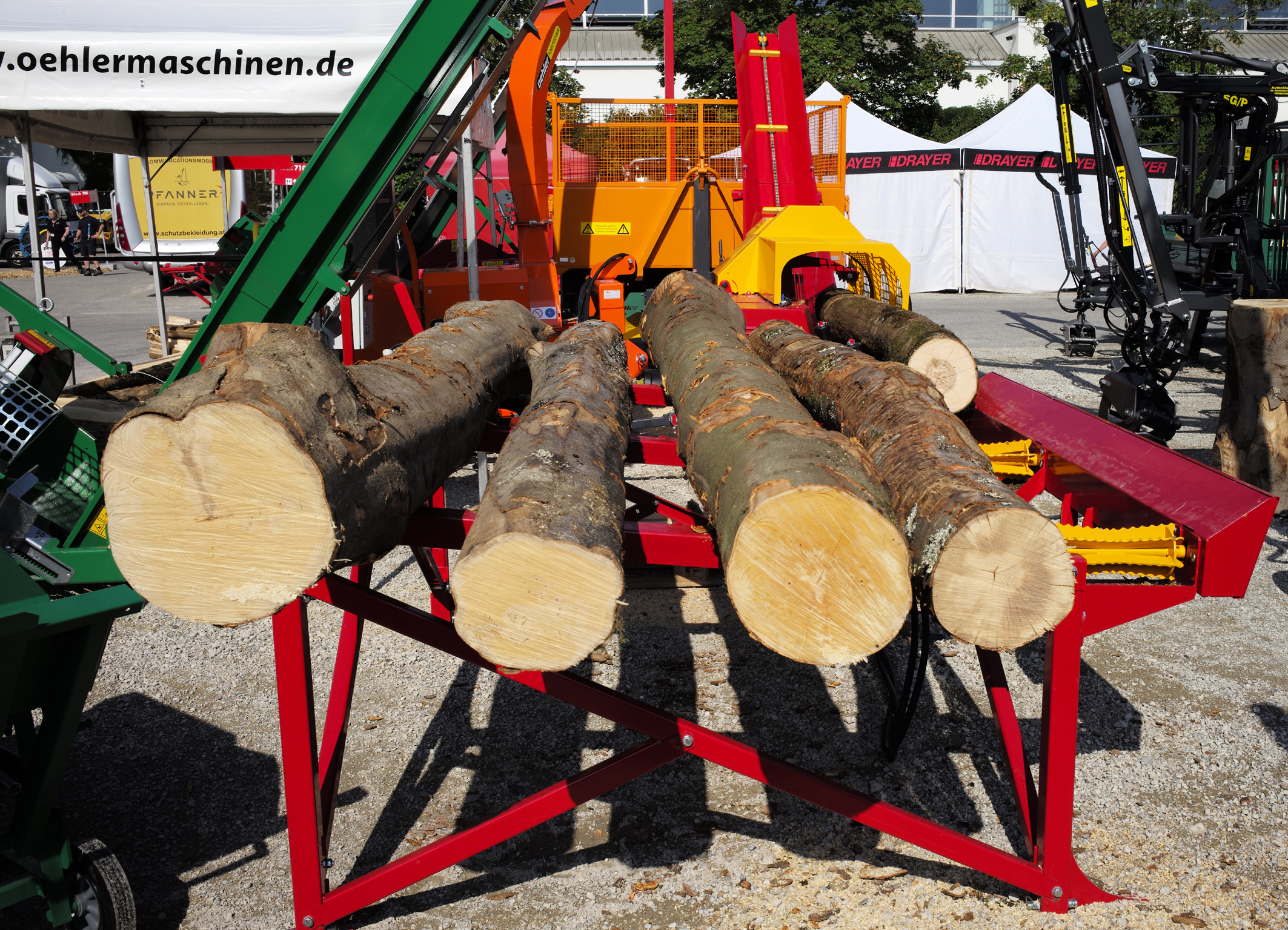- Future service provided by the forest: giving equal weight to ecological, economic and social aspects
- Efficient production and provision of wood as a raw material still necessary
- Research into the role of wood and the use of wood in economies in the program of presentations
Forestry has many levers and long planning periods, which is why all the parties involved in the forest and wood value chain have already been discussing potential solutions to the numerous new challenges resulting from climate change and its consequences for years. The growing importance of the forest for society adds further to the pressure to succeed. As a leading trade fair, INTERFORST 2022, being held in Munich from July 17 to 20, offers a host of solutions for each individual step in forest management right up to wood recycling for a forward-looking approach to forest management.
Josef Ziegler, President of the Bayerischer Waldbesitzerverband (Bavarian Forest Owners Association) comments: “Forest owners face huge challenges. We urgently need innovations and solutions to be able to make the necessary adjustment and restructure our forests successfully. Our forests do a lot for society and, among other things, also make an indispensable contribution to climate protection. INTERFORST 2022 is an important meeting place for the forest industry. I am delighted that we can use the trade fair this year again to share expertise on a broader scale and one on one.”
Forests and forestry in climate change
Storms, beetle infestation and drought are the consequences of advancing climate change that can currently be seen everywhere. One thing is clear to all the experts: Forests need to be adapted to the developments as part of active and sustainable management. This involves considering all forest functions and looking decades into the future. Forests will only be able to continue to provide their services in future as usual for all citizens if we succeed in giving equal weight to the ecological, economic and social aspects.
Alongside natural rejuvenation, planting and sowing new tree species will be necessary to create climate-stable forests. But it will take more than a forward-looking selection of new tree species. Innovations for planting, young stock care, and thinning are just as much key topics for the INTERFORST exhibitors as are careful use of machinery and soil protection.
It will be possible to re-evaluate certain issues through digitalization, such as forecasts on the health and growth of the forest that will enable players in the industry to respond even quicker to changing conditions.
-
That’s a remarkable amount of work hours for a single machine, the Norcar 600 owned by Erkki Rinne is taken well care of, it even has the original Diesel engine.
-
Kieran Anders is a forestry contractor working in the lake district. His work involves hand cutting and extracting timber using a skidder and tractor-trailer forwarder.
-
It is not possible to eliminate chain shot, but there are simple steps that can be taken to reduce the risk.
-
Arwel takes great pride in the fact that the mill has no waste whatsoever, “the peelings are used for children’s playgrounds, gardens and for farm animals in barns in the winter and the sawdust has multiple uses in gardens and farms as well.
-
Timber hauliers need to encourage young blood in, and also look after the hauliers we have, we need make the sector a safe and positive place to work.
FIND US ON
Related Posts
Usage concepts and new solutions
To successfully develop the bioeconomy, it is of crucial importance that efficient production and provision of wood as a raw material is and remains possible. Ideally, this not only takes the other various forest functions into account but does so in such a way as to support the overall capacity of the forest. The integrative approach of multifunctional forestry is a true recipe for success. At INTERFORST 2022, exhibitors will therefore also be showing machinery and equipment, as well as complete system solutions for forest regions that are difficult to access, for tree care in recreational forests, and for landscape conservation in nature reserves.
The bioeconomy offers great opportunities, so it stands to reason that the issue currently on the minds of many experts is what roles wood and the use of wood will play in future in economies. Current research and development work is therefore focusing on which new options beyond energetic use or use as a building material it will still be possible to exploit.
INTERFORST offers important information and discussion opportunities on this in its supporting program. Important aspects will be highlighted in presentations by experts from the Thünen Institute for Forestry at the congress in Hall B6: On July 19, Dr. Sebastian Glasenapp from the Thünen Institute will provide information about “Wood Use in Germany”, and on Wednesday, July 20, the head of the institute Prof. Matthias Dieter will speak on “Mobilization for raw materials for the bioeconomy”. At the forum, also in Hall B6, the climate change / silviculture section on July 18 will offer inspiration for future planting strategies with presentations on ordering plants, planting and planting methods. On the Green Couch in Hall B6, Dr. Norbert Schäffer, Chairman of the Bavarian Regional Society for the Protection of Birds, Georg Schirmbeck, President of the German Forestry Council, and Dr. Peter Pröbstle, Head of the Bavarian State Institute for Forestry and Forest Management will discuss the topic “Forest nature conservation with a future” on July 20.
Forest Machine Magazine is written and edited by a forest professional with over 40 years hands on experience. We are dedicated to keeping you informed with all the latest news, views and reviews from our industry.
To support us you can subscribe to our bi-monthly magazine which is delivered to your door from only £30 per year.
Subscribe here
#homeoflogging #writtenbyloggersforloggers #loggingallovertheworld
-

 1 Year Subscription£0.00
1 Year Subscription£0.00 -

 2 Year Subscription£0.00
2 Year Subscription£0.00 -

 Issue 35£6.00
Issue 35£6.00 -

 Sustainable Logging: Powering The Planet T-Shirt£17.50 – £20.00
Sustainable Logging: Powering The Planet T-Shirt£17.50 – £20.00 -

 Sustainable Logging: Powering The Planet Hoodie£33.00 – £36.00
Sustainable Logging: Powering The Planet Hoodie£33.00 – £36.00

